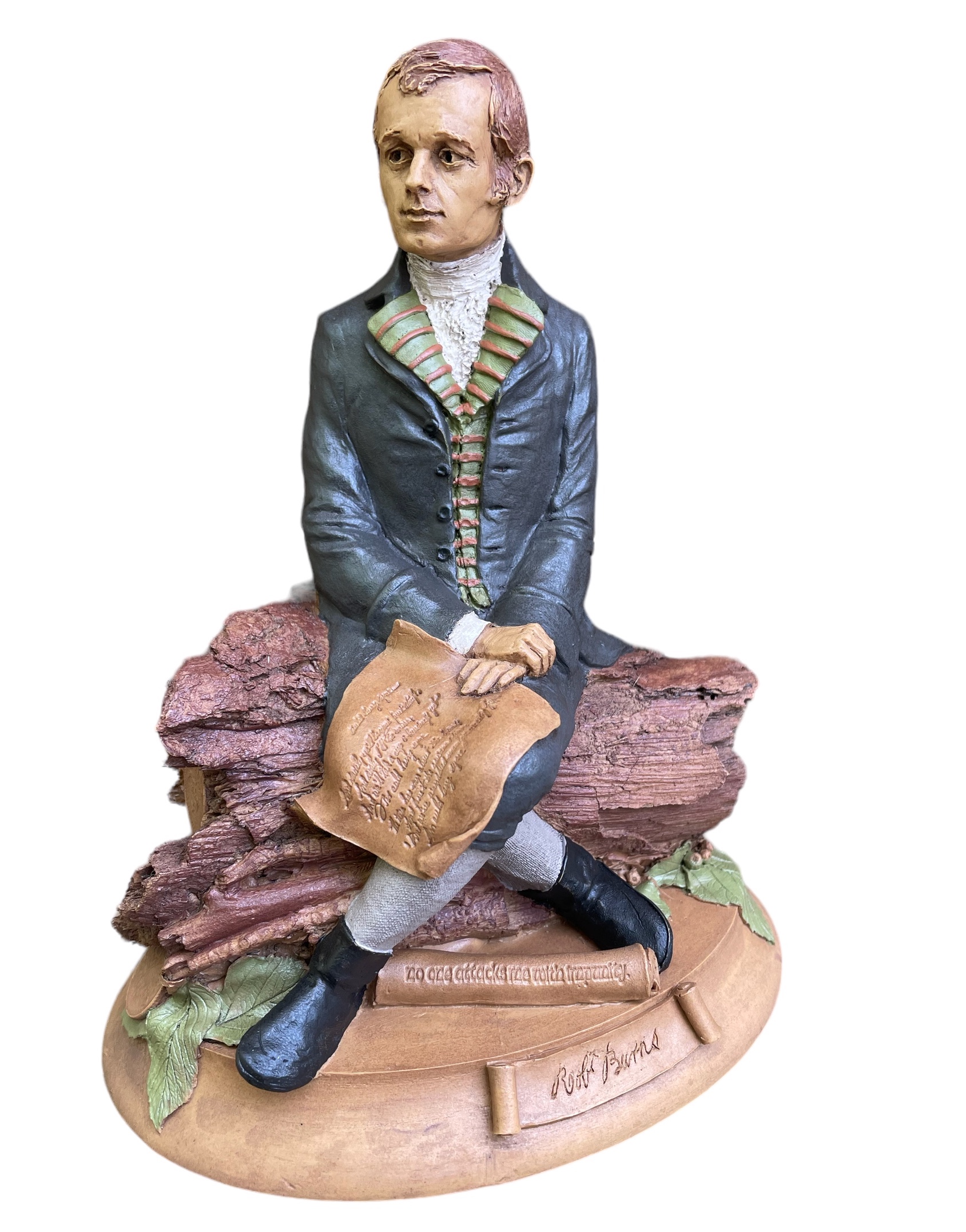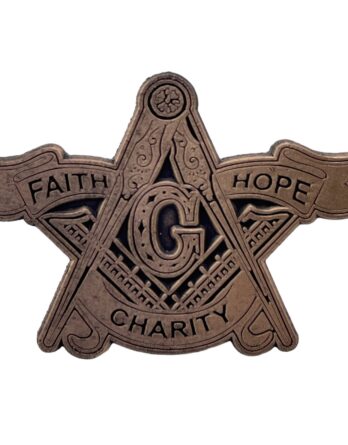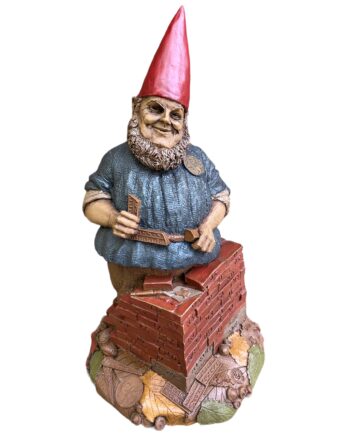Description
I was born a very poor man’s son,” is how Robert Burns described his roots. The eldest of seven, he was born in 1759 in a two-room cottage (which is still standing) in Alloway, Scotland, on the banks of the River Doon. Despite his humble beginnings, he gained great fame during his lifetime and is now heralded as the national poet of Scotland. Famous for his brilliant narrative poems, such as “Tam O’ Shanter,” and his witty satires, such as “Holy Willie’s Prayer,” he is best known for his Scottish songs, and in particular “Auld Lang Syne.” Translated literally as “old long since,” its message of sweet longing for the good old has made it a New Year’s Eve tradition.
Burns’ first great success came in 1786 with the publication of a book of poems. All 612 copies sold out within a month, and he achieved instant fame. On this wave of success he traveled to Edinburgh. With his kind nature, quick wit and brilliant conversation, he became the toast of both the literary society and the taverns. He continued a life of writing and travel for several years, but died at age 37 of “flying gout” (although it is now believed he had a heart condition).
Robert Burns was also a freemason, having joined St. David’s Lodge in Tarbolton in 1781. I have placed the 33rd degree Mason pin on his lapel. He holds a handwritten copy of the second verse of “Auld Lang Syne.” The scroll by his foot reads, “No man attacks me with impunity,” the motto of Scotland. I have included two coins from the United Kingdom that show the thistle, Scotland’s national symbol. Every picture of Burns that I consulted showed him in the same outfit of jacket and striped waistcoat, so I have followed this tradition. From this brilliant poet we have learned to “take a cup of kindness yet, for auld lang syne.”
— Tom Clark










Reviews
There are no reviews yet.